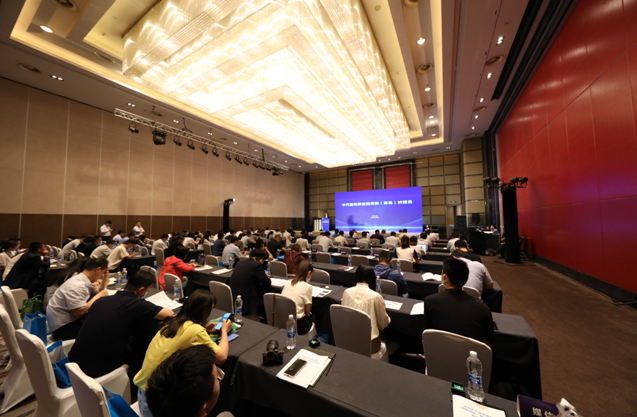Apply digital technology to shape a more inclusive society
Author:China Social Sciences Network Time:2022.06.15
On June 1st, the website of the Brookings Society in the United States published an article "Can the digital era look forward to the tolerance future?" " The article mentioned that while the social change led by digital technology has brought great progress to humans, it also brings new risks and challenges. The most obvious phenomenon of inequality within the developed economy has increased, especially the United States, which further triggers people's dissatisfaction, led to social differentiation, and weakening the public's trust in public institutions.
The impact of new technologies on the labor market of developed economies has exacerbated inequality, which is mainly manifested in three aspects. First, the income of income between middle and low -skilled workers and high -skilled workers; second, inequality caused by the income gap between workers and managers due to the expansion of income; third, the degree of automation is higher The inequality generated after the profit gap between low enterprises becomes larger. In addition, developed economies have not been able to obtain the expected dividends brought by digital technology, as Zia Qureshi, a visiting scholar of the Brucks Society, said that with the vigorous development of digital technology Many developed economies have gradually slowed down, that is, small parts at the forefront of technology have obtained huge benefits, but the productivity growth of most non -technical enterprises is stagnant or slowed. In this case, inhibitory The growth of overall productivity and ultimately affect the overall development of the economy. In the face of this situation, Korich suggested that the government introduces subsidy policies to prevent large -scale unemployment of workers replaced by technology and cause social risks.
Although new technologies have caused inequality within the developed economy, the gap between the income of workers between developed economies and emerging economies has gradually narrowed. Kurishi mentioned that many emerging economies led by labor -intensive manufacturing have worked hard to change the economic growth model, and under the promotion of new technologies, it breaks the traditional development law and creates more economic benefits.
Kurich believes that when building a more inclusive future, decision makers should actively use new technologies to promote social and economic development, including reshaping the labor market, changing business models and its nature, adjustment of income distribution methods Wait. The purpose of this is to allow more companies and workers to participate in the wave of new technologies. At the same time, the government should also establish a new digital economic regulatory framework, innovation system and education and training institutions to reduce the adverse factors brought by digital gaps.
Source: China Social Science Network-Journal of Social Sciences of China
Author: Zhao Qi/Compilation
- END -
"Four New" is the engine, "counting wisdom" to empower!Qingdao played the "combination boxing" of the industrial Internet to benefit enterprises

Qingdao Daily/Guanhai News, June 16th. In recent years, under the wave of digital ...
稿 投 또 | Submitted works

*由 This article is uploaded by the author of Letsfilm Zhang Abao, and the copyrig...